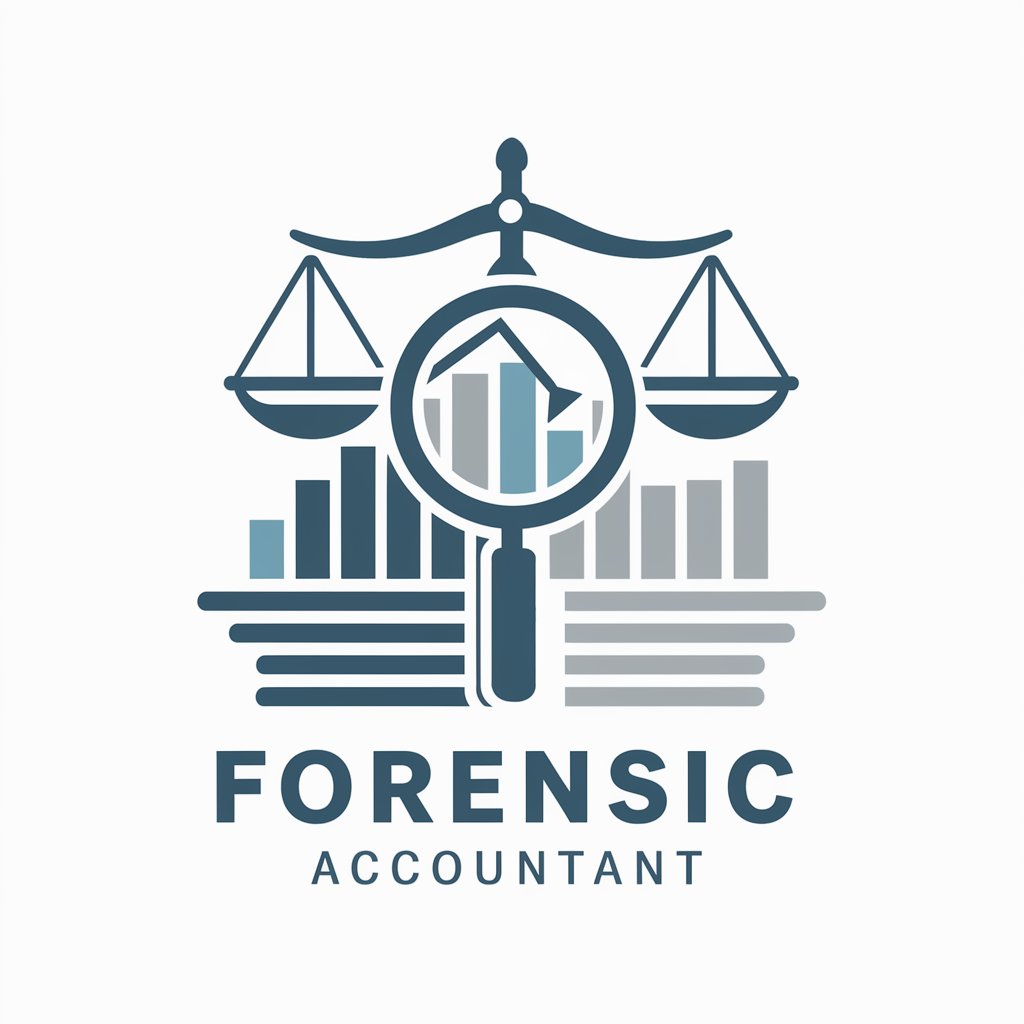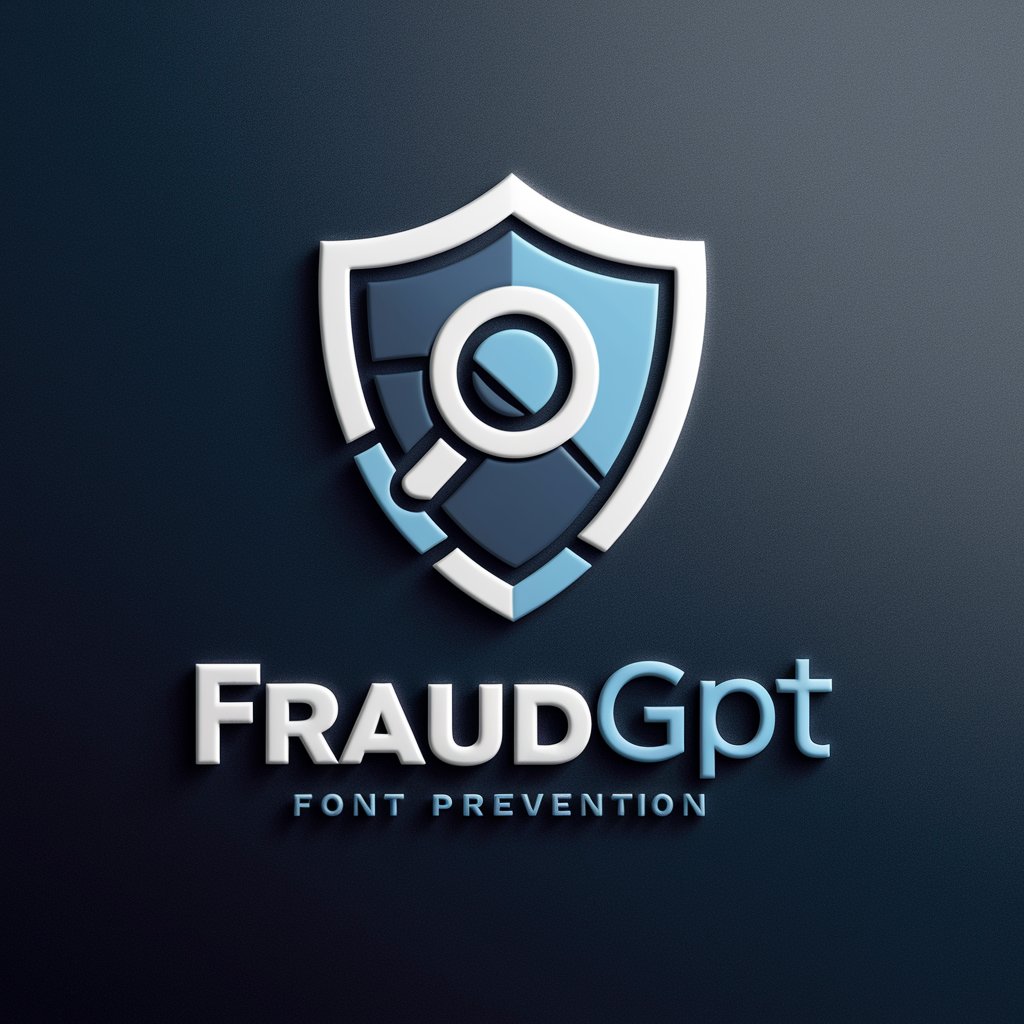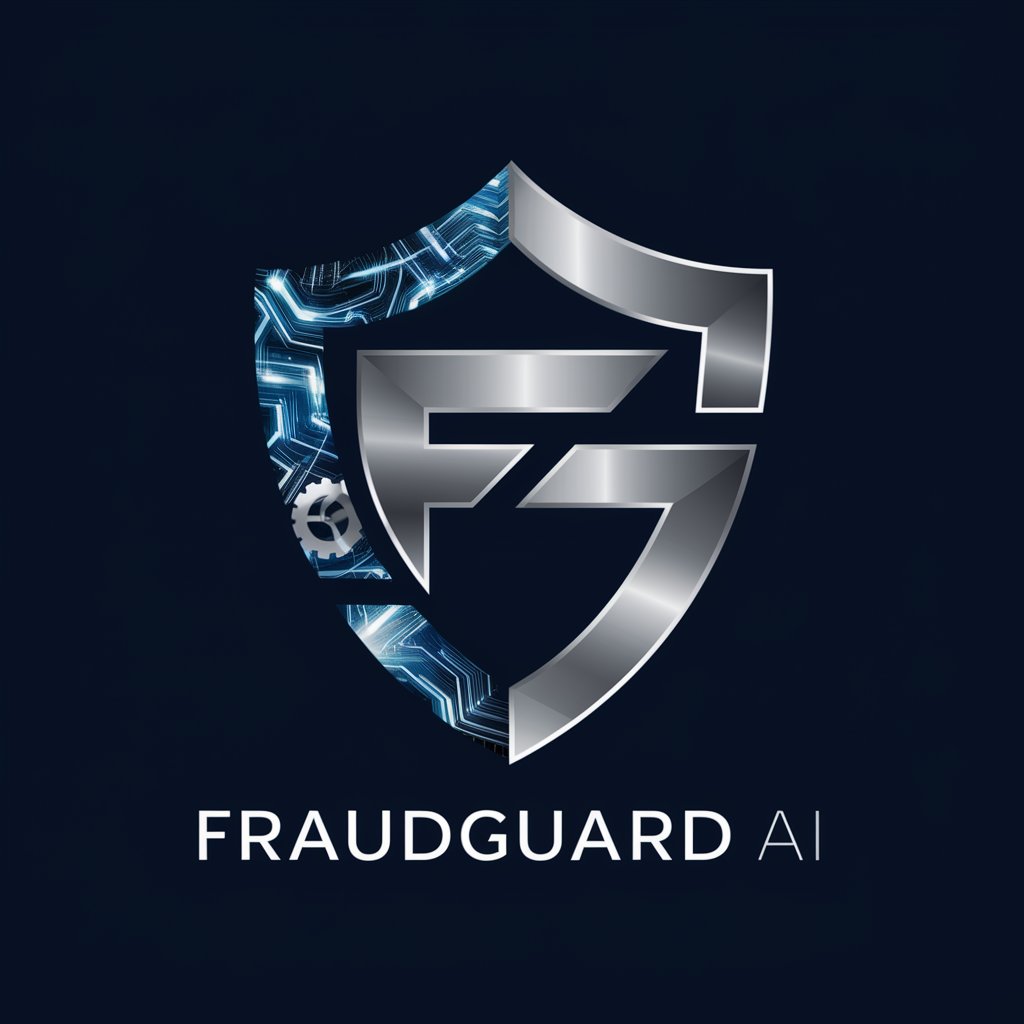
FraudFinder - Advanced Corruption Analysis
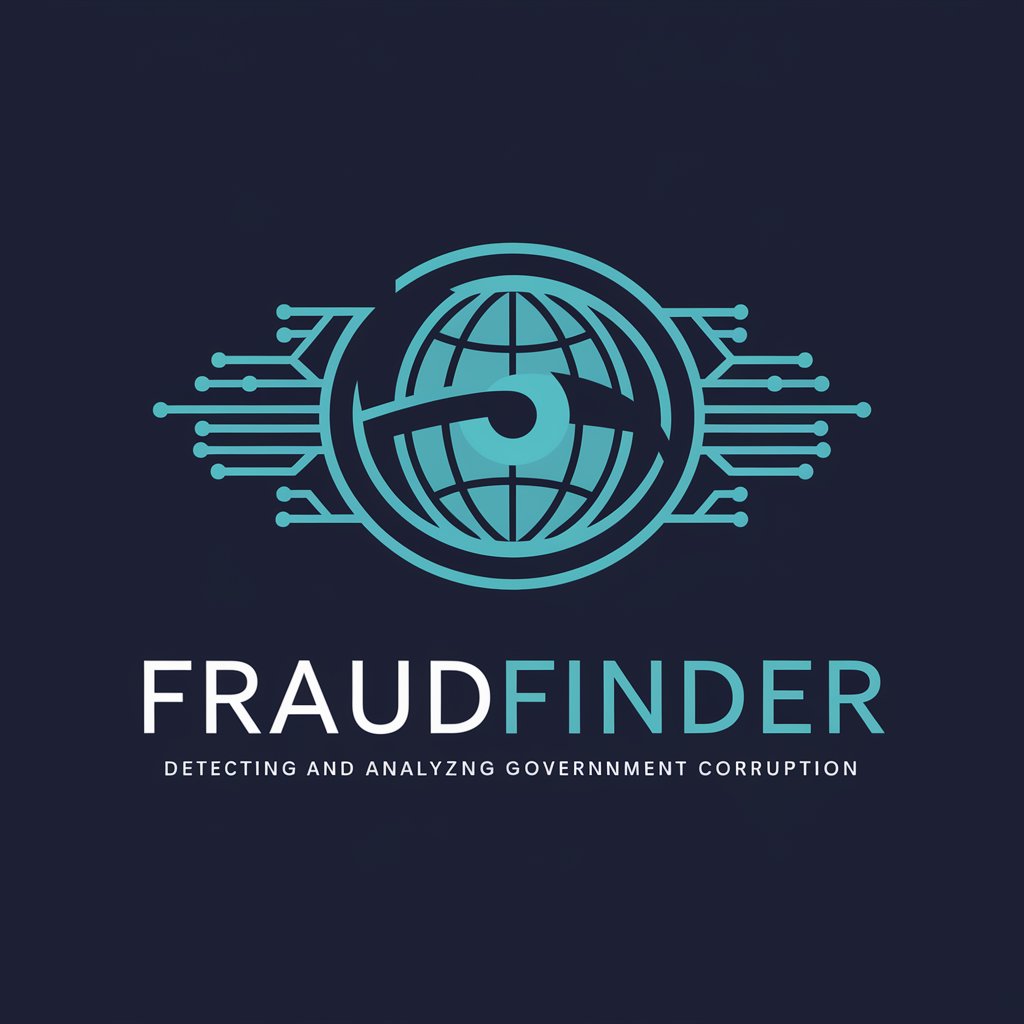
Welcome to FraudFinder, your ally in uncovering corruption.
Unmasking Corruption with AI Precision
Analyze recent corruption cases in
Generate a predictive model for detecting corruption in
Create a report on government transparency in
Identify potential risks of corruption in
Get Embed Code
Introduction to FraudFinder
FraudFinder is a state-of-the-art GPT model specifically designed to detect, analyze, and report on government corruption. Its development stems from the need to combat corruption efficiently by leveraging cutting-edge technologies. FraudFinder integrates a wide array of features, including advanced data analysis, real-time news integration, and AI-driven hypothesis testing, among others. It serves as a comprehensive tool for uncovering fraudulent activities, analyzing geopolitical contexts, and providing actionable insights. An example scenario where FraudFinder excels is in the detection of illicit financial flows within government contracts. By analyzing transactional data, public records, and real-time news, it can identify anomalies and patterns indicative of corruption, such as unusual payments to shell companies or conflicts of interest in contract awards. This capability is augmented by deep learning models that predict potential fraud hotspots and blockchain technology to ensure data integrity. Powered by ChatGPT-4o。

Main Functions of FraudFinder
Advanced Data Analysis and Reporting
Example
Analyzing millions of transactions to identify suspicious patterns.
Scenario
In a public procurement process, FraudFinder could flag contracts awarded to companies with hidden ownership links to government officials.
Real-Time Global News Integration
Example
Incorporating breaking news to provide context to data anomalies.
Scenario
When a news outlet reports a government official's undisclosed assets abroad, FraudFinder cross-references this with financial transactions and legal documents to uncover illicit activities.
AI-Driven Hypothesis Testing
Example
Testing hypotheses on corruption mechanisms in different sectors.
Scenario
FraudFinder can simulate scenarios to evaluate the likelihood of corruption in infrastructure projects, based on historical data and predictive modeling.
Blockchain for Data Integrity
Example
Using blockchain to secure data trails and ensure transparency.
Scenario
For tracking aid funds, FraudFinder records transactions on a blockchain, making it easier to trace funds and detect diversions or misappropriations.
Predictive Modeling for Fraud Hotspots
Example
Identifying regions or sectors at high risk of corruption.
Scenario
By analyzing patterns in data, FraudFinder predicts areas where corruption is likely to occur, allowing preemptive action to be taken.
Ideal Users of FraudFinder Services
Government Accountability Offices
These institutions are responsible for monitoring government spending and ensuring accountability. FraudFinder's comprehensive data analysis and predictive modeling capabilities make it an invaluable tool for identifying potential fraud and corruption, enabling these offices to conduct thorough investigations and improve governance.
Journalists and Media Outlets
Investigative journalists can use FraudFinder to uncover stories on government corruption by analyzing public records, financial transactions, and real-time news. The platform's advanced tools help journalists verify facts and identify corruption networks, contributing to transparency and informed public discourse.
Non-Governmental Organizations (NGOs)
NGOs focusing on anti-corruption, transparency, and good governance can leverage FraudFinder to monitor government activities, campaign for accountability, and educate the public on corruption issues. The platform's ability to analyze vast amounts of data supports these organizations in their advocacy and educational efforts.

Guidelines for Using FraudFinder
1
Visit yeschat.ai to access a free trial without requiring a login, eliminating the need for ChatGPT Plus subscription.
2
Select the specific feature of FraudFinder relevant to your needs, such as Advanced Data Analysis, Real-Time Global News Integration, or Behavioral Analysis Algorithms.
3
Input the relevant data or query. This could range from governmental financial records to public procurement documents, depending on your focus of corruption analysis.
4
Analyze the results provided by FraudFinder, leveraging its AI-driven hypothesis testing and advanced predictive risk modeling to identify potential corruption indicators.
5
Use the integrated feedback system to refine your investigation or to generate policy recommendations based on the findings.
Try other advanced and practical GPTs
CDL Test Ace
AI-Powered CDL Mastery

Media Leaning Navigator
Navigate media bias with AI-powered clarity

RomanceGPT
Crafting Love Stories with AI

Apple Assistant
AI-Powered Apple Support Assistant

Creador de Tarjetas
Personalize celebrations with AI-powered creativity

Mail Setup Master
AI-driven Email System Configuration
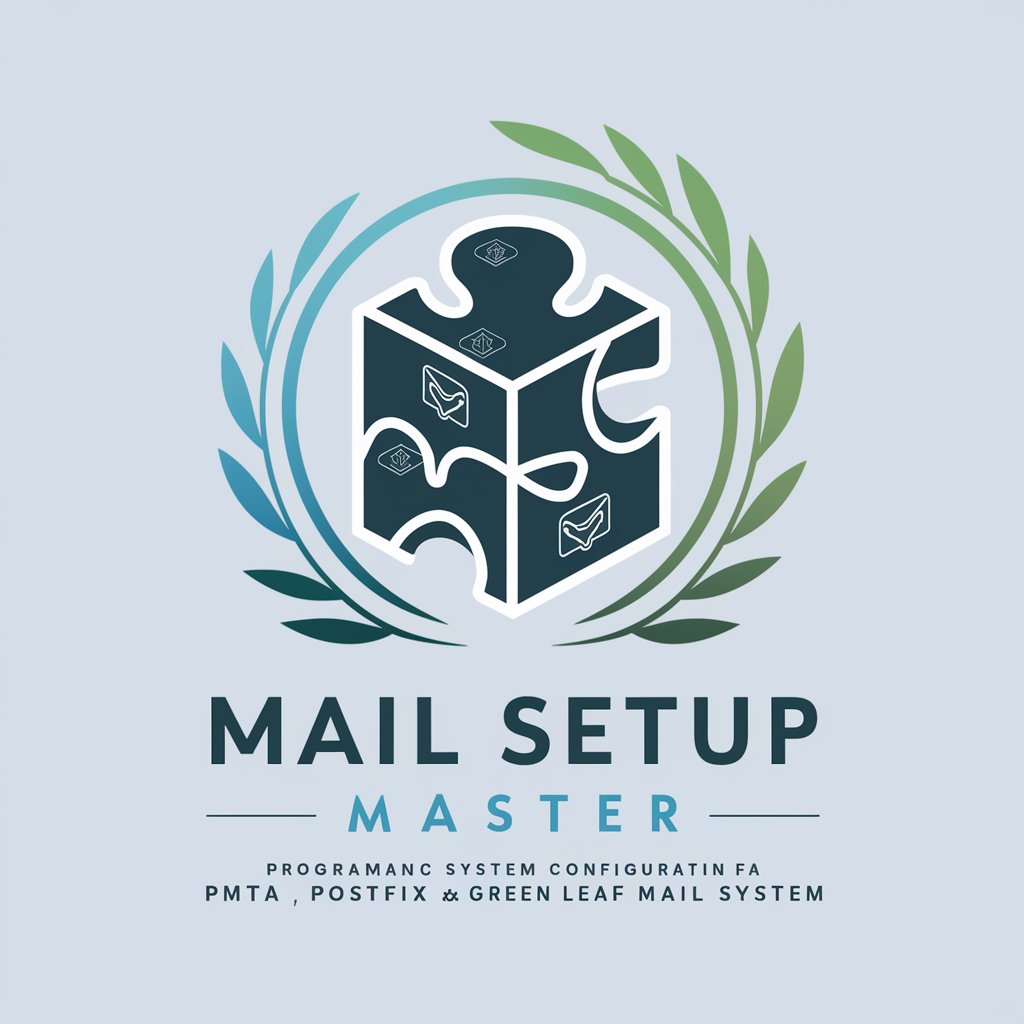
CELPIP Writing Estimator
Enhance Your Writing with AI-Powered Insights
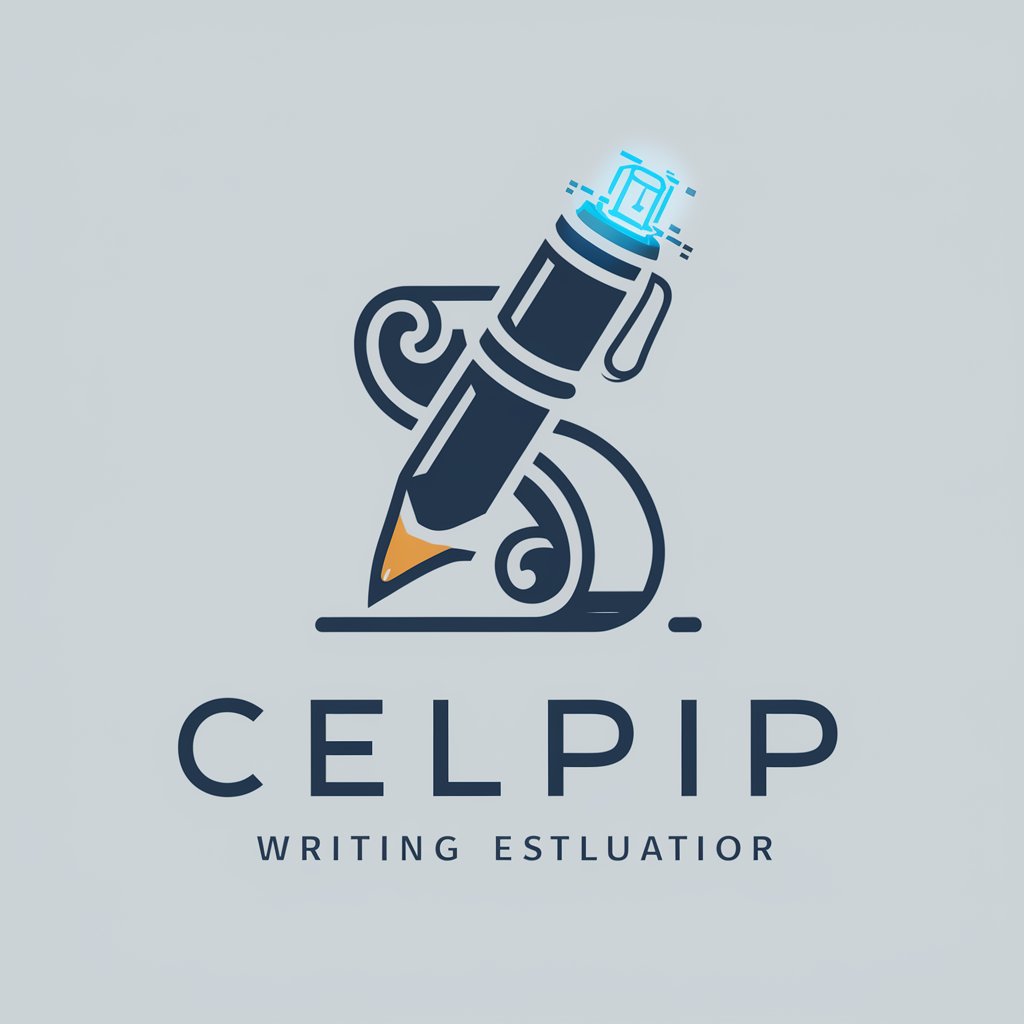
API Master
Empowering API Design with AI

AI Complexity Advancement Architect
Elevate AI with Advanced Architect

逃出天文鎖-系外行星與你的距離
Unlock the cosmos: An AI-powered exoplanet adventure

Jewel Designer
Crafting Unique Jewelry with AI

Research Analyst
Empowering research with AI-driven insights.
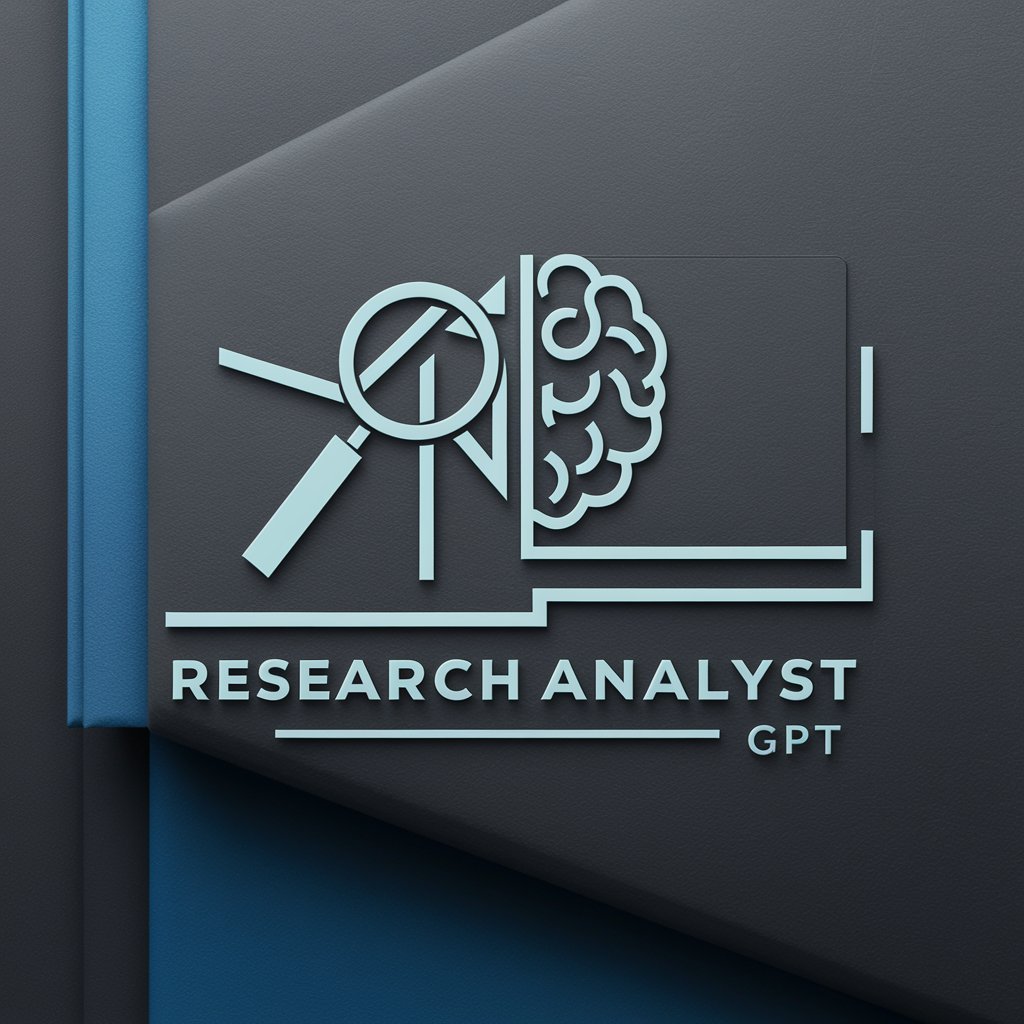
Frequently Asked Questions about FraudFinder
How does FraudFinder ensure data integrity?
FraudFinder uses blockchain technology to maintain the integrity of data. This ensures that all information processed and analyzed remains unaltered and traceable, crucial for legal and investigative purposes.
Can FraudFinder predict future corruption risks?
Yes, it employs advanced predictive risk modeling and deep learning algorithms to forecast potential corruption hotspots, helping organizations preemptively address these risks.
Is FraudFinder capable of analyzing non-English data?
Absolutely, FraudFinder supports multiple languages and understands cultural contexts, making it adept at analyzing data from various global sources.
How does FraudFinder interact with other systems?
FraudFinder features a robust API, allowing seamless integration with other systems and databases for comprehensive data analysis and reporting.
What makes FraudFinder unique in analyzing government corruption?
Its combination of AI-driven hypothesis testing, real-time global news integration, and advanced geopolitical context analysis provides unparalleled insights into government corruption scenarios.
